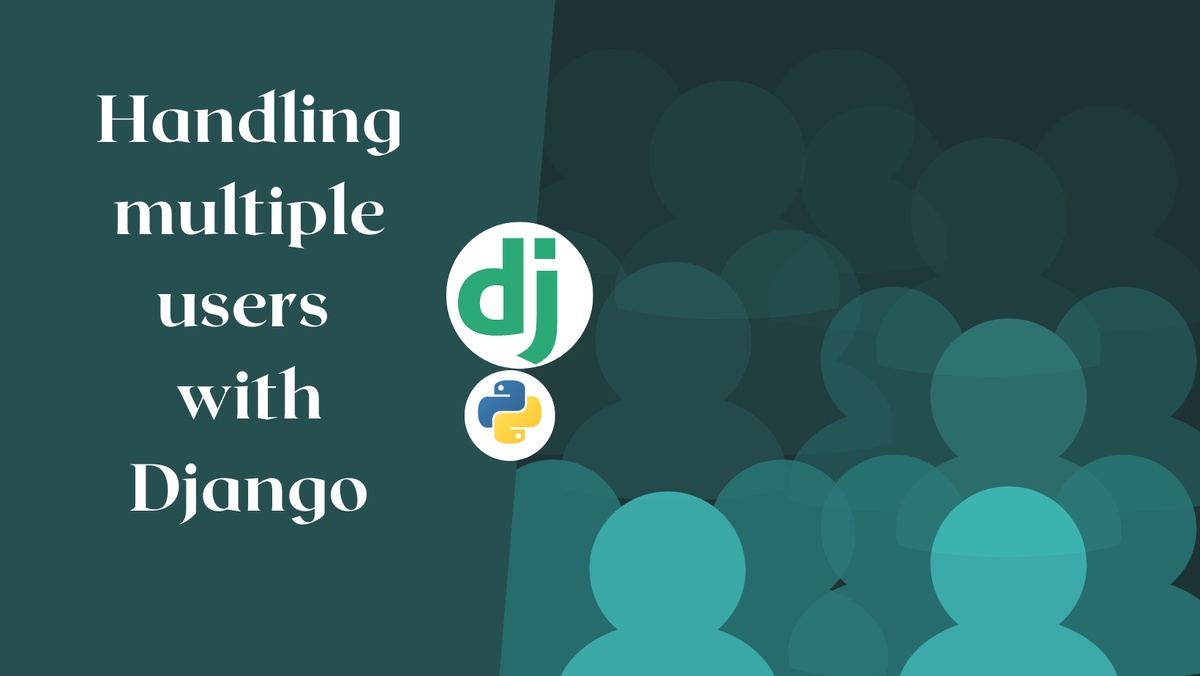Django is a popular framework and is capable of tackling millions of users per day. Therefore most large companies like Instagram, printers, Reddit, Youtube, and National Geographic prefer Django for web app development.
These companies deal with millions of users daily; among them is Youtube is the second largest search engine. The reason why Django is the perfect choice for handling millions of users.
Django is a python framework, and the fact is python is not a very fast programing language, but with modern infrastructure, it is capable. While working with Django, there are a few things to understand.
The fact to know: Djano was named after great jazz guitarist Django Reinhardt.
Scalable Infrastructure
Irrespective of how well an application performs, the very first factor is an infrastructure that can scale when the program reaches its limit. Django scales up simply if you adhere to the following guidelines:
- It divides your app into microservices will require more server time and communication, which will cost more.
- The use of Docker containers is insufficient.
- While planning for your infrastructure, consider maintenance also.
- Gather and keep track of relevant metrics.
Understand the Database
The speed while executing code gives you almost certainly costs you speed at the database end. You should check the endpoint's response time is specifically based on how quickly your database query is executed. They need to know the following.
- Check your Database performance when selecting is very necessary
- While installing the data layer, prioritize fast CPU and storage.
- Delete any unneeded or superfluous indexes because having too many of them is harmful.
Turn on debugging in Django ORM.
It is crucial to monitor the query that generates the ORM and the response time during development. You must ensure that an endpoint's response time is under 100ms when you construct it, which is why you must ensure that queries are processed within 20ms.
Enable persistent connections
Allow maintaining the engagement process to the database if the program needs to handle a lot of requests. Durable connections prevent the database from becoming overloaded with each request because Django automatically terminates the connection at the conclusion of each request.
The variable has a statistic that specifies the maximum lifetime of a network and governs these connections based on the size of the requests by choosing a suitable value at the applications' end.
Therefore, the database does not have a connection restriction. Typically, there are 100 connections by default, but this is far too few for the majority of high-load applications.
Turn off any unnecessary applications.
The framework has some default activates a number of apps that may be superfluous, specifically if you utilize Django as a REST API. In this case, sessions and messages are irrelevant and would only waste resources and slow down processing. Each query will be handled more quickly the less middleware you have declared.
Make use of the bulk query.
To efficiently query huge data sets and lower the number of database requests, use bulk queries. Thanks to Django ORM, a single SQL query can contain several inserts or updates.
Specify batch size if you intend to insert more than 5000 objects. Huge batches will also reduce Python's response time and memory use, so you must determine the ideal number of components based on the object's size.
Fewer Operations with select_related
Pre-select required entities using JOIN when you have two closely related objects, and you need to extract certain characteristics from both of them.
Since ORM creates the JOIN SQL query, using select related depends on table sizes. The WHERE condition must only return a few rows in order to optimize.
Scalable Architecture
Creating an architecture with proper service and flexibility in mind by utilizing tools that can assist with container orchestration and enable run-time node scalability with no downtime.
You might also choose a serverless design, which is suitable for use cases where the volume of requests Fluctuates or is driven by events. In a stateless serverless architecture, actions are taken in response to events.
Where do you need to find experts for Django projects?
It is hard to find the best Django developers these days. Yes, we all know the popularity of this technology, so the demand has increased in the market. However, finding the best is everyone's requirement, so make sure you recruit an experienced developer who is eligible as per your requirement before that get a risk-free trial that will give you a better option in choosing the best out of all.


No comments yet